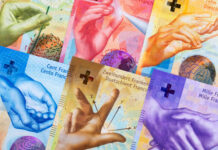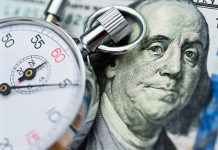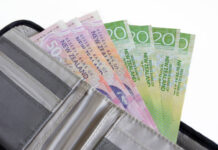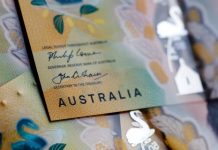Talk of removing the easing bias in the ECB minutes helped to push German 10-year yields above a key level. The euro was the top performer while the New Zealand dollar lagged. Japanese earnings data and comments from the Fed’s Fischer are due later. Yesterday’s EURUSD long was issued @ 1.1325 when the price was at 1.1340s but when it subsequently fell to as low as 1.1330, only those who manually entered higher have pariticipated in the 100-pip rally.
Bund yields rose 9 basis points on Thursday as borrowing costs jumped across the eurozone. The rise to 0.56% in German benchmark 10s continues a climb that started from 0.26% on June 27 when Draghi alluded to temporary factors holding down inflation. German-US 10yr spread hit a fresh 8 mth high, a pattern that Ashraf widely discussed in the Premiun videos of the last 2 weeks.
Since then, ECB officials have tried to put the genie back in the bottle. A series of ‘ECB sources’ stories have said officials are growing worried about a European-style taper tantrum and are unhappy about the rise in the euro.
They had more to be unhappy about with German 10-year yields breaking a double top at 0.5% and hitting the highest since January 2016. The euro was slow to react to the bond move initially but it gained momentum throughout the day in an eventual climb to 1.1420 from 1.1340. It highlights the buy-the-dip approach that’s increasingly popular in EUR/USD and EUR/JPY.
The minutes of the ECB meetings on June 7-8 warned prophetically that small changes in communication could be misperceived. They also revealed that Draghi & Co had discussed removing the easing bias at the time but decided it was prudent that it remained.
What the ECB likely wasn’t counting on at the time was the rise in the euro and yields. So the question becomes: Is that a gamechanger? It might be. The ECB knows that the recovery is at a delicate stage and they won’t want to be accused of snuffing out the flames before the fire takes hold. What’s tougher to say if that’s a major worry at EUR/USD 1.14 or at 1.20?
What could help the ECB is that if the US economy regains some momentum along with signs of inflation. Non-farm payrolls expectations edged lower after June ADP employment at 158K compared to 185K expected. That puts a downside bias in non-farm payrolls but the market will be much more focused on wages signals.
The Fed also has an opportunity to send direct signals with Fischer due to speak at 2330 GMT. The topic of the speech is government policy and labor productivity so it may steer clear of comments on rates. The other event to watch is at 0000 GMT when Japanese labor cash earnings are due. A rise of 0.4% is expected but real earnings are forecast to fall 0.1% y/y in a reminder that the BOJ still has a long ways to go before even thinking about raising rates.













